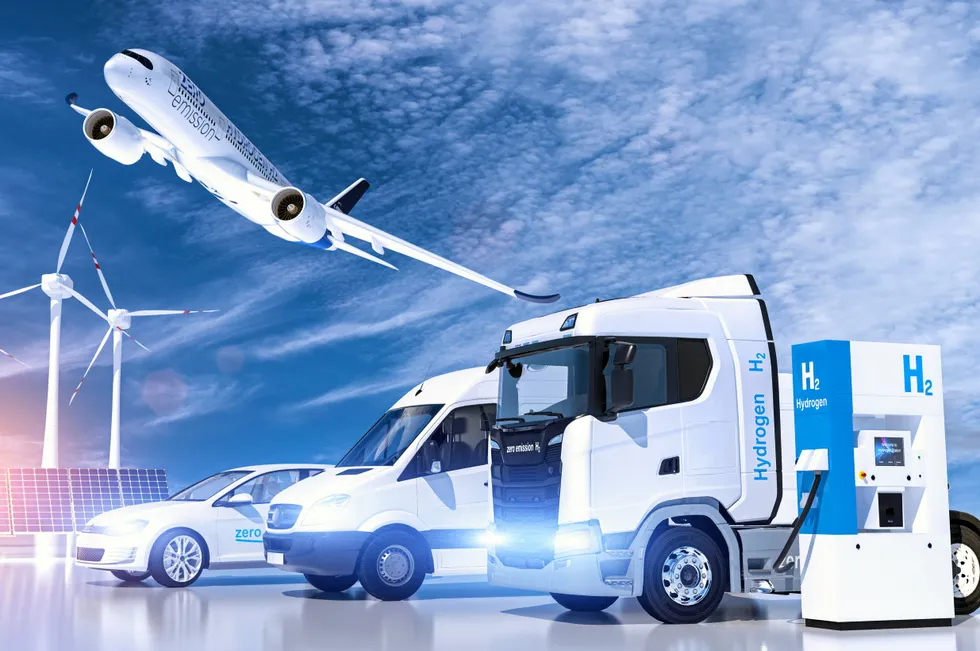'Hydrogen cannot be considered a large-scale solution for heating or transport', says energy-system study
It would usually be cheaper to use e-fuels derived from hydrogen — rather than H2 directly — due to system costs, academic paper explains

It would usually be cheaper to use e-fuels derived from hydrogen — rather than H2 directly — due to system costs, academic paper explains
